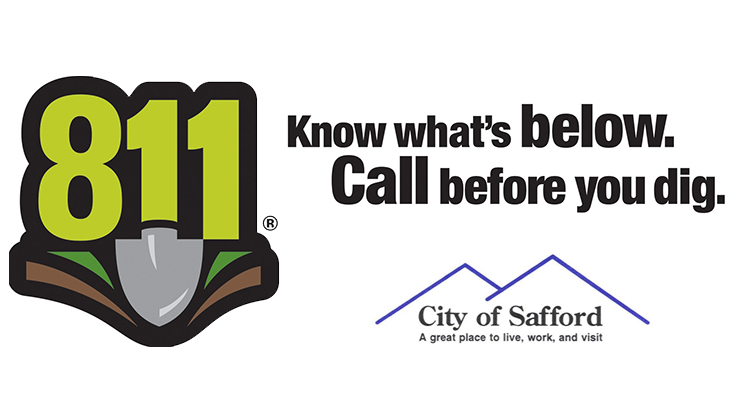Predatory lenders prey on people’s financial stress and urgency, often pulling them into debt traps they didn’t anticipate. Instead of offering clear, fair terms, these lenders hide fees, push deceptive rollover deals, and craft confusing contracts meant to mislead.
This exploitative system siphons billions each year from individuals who can least afford it. Gaining insight into how these practices work, recognizing their widespread impact, and exploring safer alternatives can help borrowers protect themselves and make more informed choices.
Recognizing Predatory Lending Practices
Predatory lending involves charging high costs and structuring loans to ensnare borrowers. Common tactics include loan flipping, where outstanding balances are repeatedly refinanced, each time generating new fees, and “payment trap” provisions that require full balances if a single payment is missed.
Some lenders add unexpected service charges or balloon payments that surprise borrowers at the end of the term, making it impossible to escape without reborrowing. Deceptive contract language buried in lengthy disclosure pages further ensures that borrowers miss critical details until it’s too late.
Unsurprisingly, a typical predatory lender operates outside traditional banking channels. They target consumers with limited credit histories or those facing urgent financial needs. What begins as a small advance can quickly compound into unaffordable obligations.
For instance, payday-style products promise fast cash but come with provisions that force borrowers into new loans every two weeks to stay afloat. These designed pitfalls ensure lenders collect multiple rounds of fees from a single borrower, often within months.
Impact and Scale of Predatory Loans
The numbers behind predatory lending reveal a staggering drain on consumer wealth. A 2025 report from the Center for Responsible Lending (CRL) finds that payday lenders alone extracted $2.4 billion in fees from borrowers in 2022. Beyond payday loans, high-cost installment products also contribute substantially to this financial burden. These abusive credit forms collectively impose a massive cost on Americans, trapping many in harmful debt cycles.
Millions of predatory loans are issued annually, extracting substantial amounts from borrowers nationwide. Many of these loans are used by individuals with low or limited incomes, worsening financial strain for already vulnerable communities. Such widespread adoption underscores how easily borrowers resort to predatory options when alternatives seem out of reach.
This toll is especially severe in states without strict lending limits. Many regions allow extremely high annual percentage rates on small installment loans, while a few have no caps at all. In these areas, what starts as a modest loan can quickly balloon into a much larger debt, often catching borrowers off guard before they fully grasp the mounting costs..
Alternatives to Predatory Lending
Finding a safer way to cover urgent expenses means knowing where to look and what to avoid. One can explore reliable options that protect long-term stability rather than grabbing the first “instant cash” offer.
Below are five credible alternatives to predatory loans, each designed to bridge gaps without trapping borrowers in damaging cycles.
- Microloans. Microloans under $5,000 feature repayment schedules that adjust to income dips and often include a short grace period before payments start. Borrowers receive financial counseling, avoiding burdensome fees and reducing default risk,
- Credit Union Hardship Loans. Designed for members facing job loss, these loans defer payments until reemployment and carry low, transparent fees. A brief membership waiting period pays off with deferred repayments that don’t compound debt during hard times,
- Online Installment Loans Based on Deposit History. Rather than relying on credit scores, these lenders pull recent deposit data to extend small-dollar loans repaid over three to six months. Spreading balances into manageable chunks sidesteps the two-week reborrow trap common in payday lending,
- Public and Nonprofit Emergency Assistance. When someone proves hardship, local agencies and nonprofits provide grants for rent, utilities, or medical costs. Although paperwork is needed, this funding alternative plugs urgent gaps without adding debt,
- Peer-to-Peer Lending. Investors consider factors like recent income changes alongside credit reports, extending one- to five-year loan terms that avoid balloon payments. While rates exceed bank loans, they remain far below predatory alternatives, offering a balanced middle ground.
Why Predatory Loans Persist
Predatory lending schemes flourish where demand meets regulatory gaps. Many borrowers remain unaware of safer credit options, such as credit unions or community financial organizations with hardship programs.
That lack of awareness and aggressive marketing fuel high adoption rates. Lenders also exploit online channels, deploying slick apps that promise approval in minutes, often targeting devices where credit education is limited.
Regulatory complexity further entrenches these practices. States hold varied stances on lending caps: some enforce an airtight 36% APR limit for loans under $1,000, while others lack meaningful constraints.
No APR cap exists in states like Delaware and Missouri, leaving borrowers vulnerable to runaway costs. Even where caps exist, weak enforcement and loopholes permit lenders to classify fees as “insurance” or “processing” charges, sidestepping restrictions.
Meanwhile, borrowers often turn to predatory lenders out of necessity. A sudden car repair, emergency medical bill, or rent shortfall can feel impossible to bridge without quick cash. Traditional banks often reject smaller loan requests or take weeks to approve them. During that delay, predatory lenders offering instant funding and no credit checks can appear to be a lifeline, despite the hidden pitfalls buried in the repayment terms.
Choosing a Healthier Path Forward
Predatory lending thrives on unexamined urgency. Flipping that script means elevating how someone approaches money decisions. It’s about asking sharper questions, like what is real or what options lie beyond payday schemes, and then acting on those answers. Developing that level of scrutiny becomes second nature, ensuring someone opts for stability instead of risky shortcuts.









